More info on oils

Black seed oil: a precious seed that benefits t...
Nigella: a precious plant for skin care A true botanical treasure, nigella oil (also known as black cumin), cold-pressed to preserve its natural richness, is packed with omega-6 and thymoquinone,...
Black seed oil: a precious seed that benefits t...
Nigella: a precious plant for skin care A true botanical treasure, nigella oil (also known as black cumin), cold-pressed to preserve its natural richness, is packed with omega-6 and thymoquinone,...

What is green beauty?
Green beauty: between natural promises and marketing excesses Clean beauty is now the dominant trend in the cosmetics industry, in the United States, Europe, and Asia. Yet, no regulatory framework...
What is green beauty?
Green beauty: between natural promises and marketing excesses Clean beauty is now the dominant trend in the cosmetics industry, in the United States, Europe, and Asia. Yet, no regulatory framework...

Omega 3, 6, 9 and plant oils: The secret to hea...
Skin Barrier and Plant Oils: A Complete Guide to Healthy Skin Vegetable oils have many benefits for the skin. Composed of different fatty acids, they have multiple effects. Discover the...
Omega 3, 6, 9 and plant oils: The secret to hea...
Skin Barrier and Plant Oils: A Complete Guide to Healthy Skin Vegetable oils have many benefits for the skin. Composed of different fatty acids, they have multiple effects. Discover the...

5 oils to revitalise your hair
Discover the 5 best plant oils to revitalize your hair: argan, prickly pear, rosemary, jojoba and sesame. Give your hair nutrition, shine and strength with these natural care products for...
5 oils to revitalise your hair
Discover the 5 best plant oils to revitalize your hair: argan, prickly pear, rosemary, jojoba and sesame. Give your hair nutrition, shine and strength with these natural care products for...

Curly hair routine
Discover how to moisturise, nourish and define your curly hair with natural treatments. Learn how to use argan oil, prickly pear and rosemary for healthy, radiant curls.
Curly hair routine
Discover how to moisturise, nourish and define your curly hair with natural treatments. Learn how to use argan oil, prickly pear and rosemary for healthy, radiant curls.

Vegetable oils for sun and summer
Vegetable oils offer a multitude of benefits for the skin during summer, from hydration to sun protection, through to repair and relief of skin lesions. Pamper your skin while fully...
Vegetable oils for sun and summer
Vegetable oils offer a multitude of benefits for the skin during summer, from hydration to sun protection, through to repair and relief of skin lesions. Pamper your skin while fully...
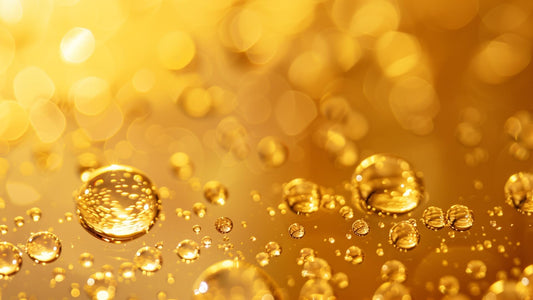
All you want to know about essential oils
Everything to know about essential oils What is an essential oil? An essential oil is a plant extract typically obtained through steam distillation. It is a volatile substance: suspended molecules...
All you want to know about essential oils
Everything to know about essential oils What is an essential oil? An essential oil is a plant extract typically obtained through steam distillation. It is a volatile substance: suspended molecules...
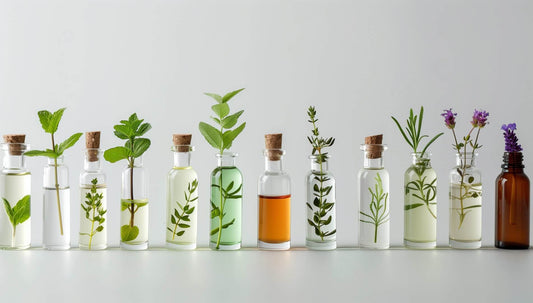
The difference between vegetable oils and essen...
Vegetable oils and essential oils are two types of product that are often confused, but which have important differences both in their composition and in their uses. Understanding these distinctions...
The difference between vegetable oils and essen...
Vegetable oils and essential oils are two types of product that are often confused, but which have important differences both in their composition and in their uses. Understanding these distinctions...
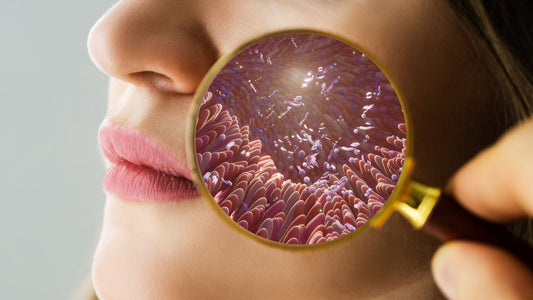
What is the microbiome? Do we need to take care...
What is the skin microbiome? Our skin is a delicate ecosystem containing billions of microorganisms, collectively known as the skin microbiome. This complex balance of bacteria, fungi, and yeast plays...
What is the microbiome? Do we need to take care...
What is the skin microbiome? Our skin is a delicate ecosystem containing billions of microorganisms, collectively known as the skin microbiome. This complex balance of bacteria, fungi, and yeast plays...
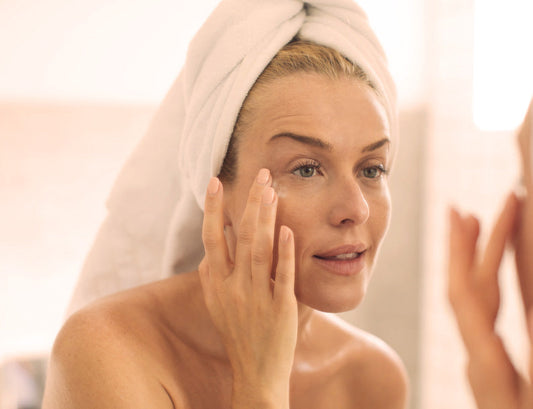
How and why use a facial oil?
What are the differences between a cream and an oil? How do they complement each other?
How and why use a facial oil?
What are the differences between a cream and an oil? How do they complement each other?
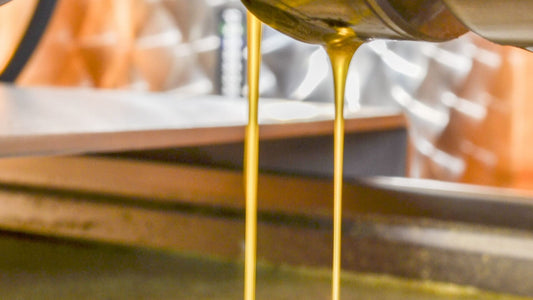
What is cold-pressed oil?
What is cold pressing? In the language of cosmetics, a cold-pressed oil is first and foremost a nutrient-rich oil. It is a guarantee of quality. The term cold-pressed means that...
What is cold-pressed oil?
What is cold pressing? In the language of cosmetics, a cold-pressed oil is first and foremost a nutrient-rich oil. It is a guarantee of quality. The term cold-pressed means that...
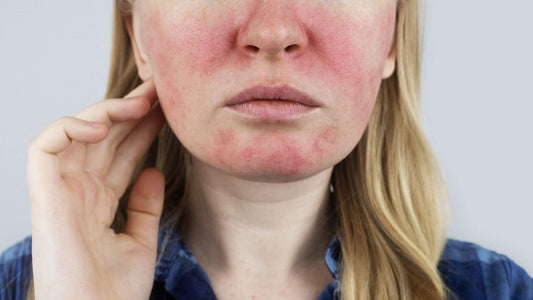
Soothing rosacea
Rosacea is a chronic inflammatory disease that affects small blood vessels in the face and leads to their hyperactivity. There are four subtypes of rosacea. Scientific research agrees on the...
Soothing rosacea
Rosacea is a chronic inflammatory disease that affects small blood vessels in the face and leads to their hyperactivity. There are four subtypes of rosacea. Scientific research agrees on the...
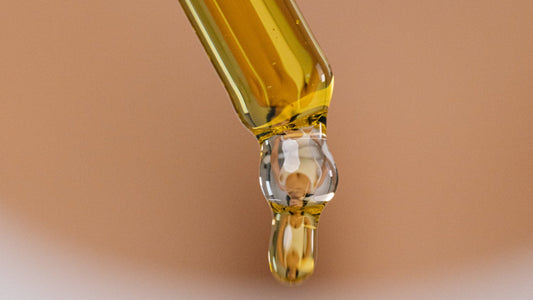
Which oil should I choose to moisturise my skin?
How do I choose the right oil to moisturize my skin? Not all oils are equal. And to fully understand their needs, you need to know their particularities. Know, above...
Which oil should I choose to moisturise my skin?
How do I choose the right oil to moisturize my skin? Not all oils are equal. And to fully understand their needs, you need to know their particularities. Know, above...
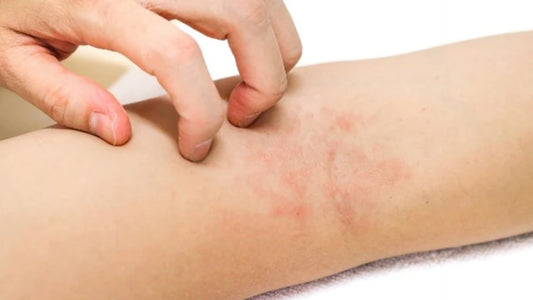
Plant oils against eczema
If you have eczema, keeping your skin well hydrated is essential. Vegetal oils can be an ideal complement to your treatment.
Plant oils against eczema
If you have eczema, keeping your skin well hydrated is essential. Vegetal oils can be an ideal complement to your treatment.
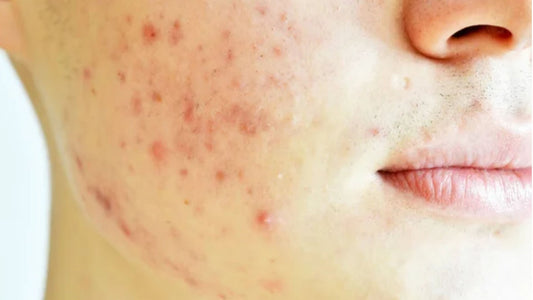
Vegetable oils against acne
Plant oils are highly effective solutions for acne. Unlike many treatments, they have no side effects.
Vegetable oils against acne
Plant oils are highly effective solutions for acne. Unlike many treatments, they have no side effects.

How to apply the oil correctly to the skin?
As you are well aware, there are so many different beauty products in the market with promising results and sometimes it can be a bit overwhelming. As SOWÉ’s products are...
How to apply the oil correctly to the skin?
As you are well aware, there are so many different beauty products in the market with promising results and sometimes it can be a bit overwhelming. As SOWÉ’s products are...

Are natural cosmetics organic?
Nowadays there are many different companies that can certify a product or raw material as organic. These entities have strict rules and specifications that the suppliers must follow to make...
Are natural cosmetics organic?
Nowadays there are many different companies that can certify a product or raw material as organic. These entities have strict rules and specifications that the suppliers must follow to make...
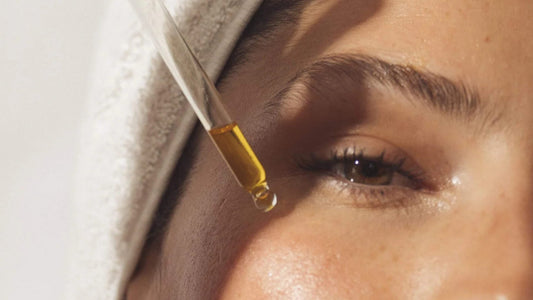
Can an oil be applied to oily skin?
At SOWÉ we offer oils designed to suit all skin types. Even though many people are hesitant about it, using oil on oily skin has many beneficial benefits including the...
Can an oil be applied to oily skin?
At SOWÉ we offer oils designed to suit all skin types. Even though many people are hesitant about it, using oil on oily skin has many beneficial benefits including the...
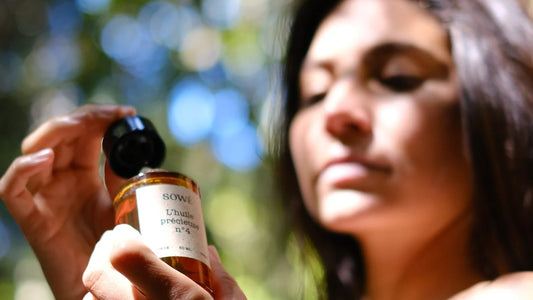
L'Huile Précieuse to add to your routine
What is a cold pressed oil? How to incorporate L'Huile Précieuse face oil into your skincare routine?
L'Huile Précieuse to add to your routine
What is a cold pressed oil? How to incorporate L'Huile Précieuse face oil into your skincare routine?


